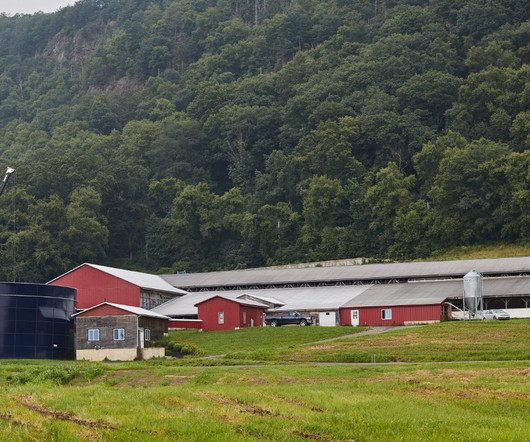Op-Ed | Why the World’s Food Systems Need to Transition Away from Industrial Agriculture
Food Tank
DECEMBER 1, 2023
Current food systems are responsible for one-third of global greenhouse gas emissions and for nearly 80 percent of biodiversity loss. In Mexico, climate change has caused a decline in yields—including a 35 percent reduction in the bean crop while increasingly ferocious hurricanes have wiped out fruit crops.













Let's personalize your content